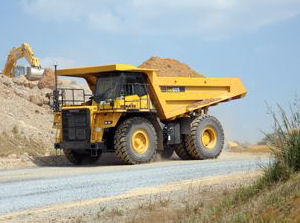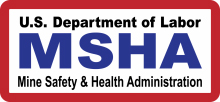Author
Superior brings jaw crusher to market
Superior Industries Inc. unveiled a new machinery solution for crushing applications in the Liberty jaw crusher. Functioning as a primary crusher, the unit compresses material in stone, concrete, asphalt and ore applications. Superior acquired the original design in its 2015 acquisition of Canadian-based Clemro Western. After collecting customer feedback, Superior engineers redesigned the unit and added a number of new features. According to Superior, the Liberty jaw crusher is engineered with an aggressive nip angle that maintains the machine’s ability to consistently grab and process material at a high level of efficiency. In addition, a set of integrated lifting points are designed into the jaw dies for safe replacement or installation. Another unique feature is pitman toe protection. This replaceable component offers an insurance policy if wearing occurs in the pitman fabrication. In addition, the unit’s motor is frame-mounted, allowing a smaller footprint and freeing up deck space for maintenance, the company says. More maintenance time is freed with the addition of a hydraulic tensioning system and hydraulic wedge adjustment.… Keep Reading
Limestone shipments down on Great Lakes
Shipments of limestone on the Great Lakes totaled 2.5 million tons in November, a decrease of 16.8 percent compared to a year ago. Keep Reading
Main looks forward, back as a new MSHA era dawns
Joe Main, assistant secretary of labor at the Mine Safety & Health Administration (MSHA), reflected on his seven years at the agency during a teleconference with reporters. Keep Reading
Komatsu launches sales, support unit in New Jersey
Komatsu America Corp. formed Komatsu Northeast, a new business unit, and assumes Komatsu’s trade territory for the state of New Jersey. Keep Reading
Labor secretary the latest addition to Trump cabinet
President-elect Donald Trump selected Andy Puzder, chief executive of CKE Restaurants, to head the U.S. Department of Labor. Keep Reading
New EPA head tapped by Trump
President-elect Donald Trump plans to appoint Scott Pruitt, attorney general of Oklahoma, to lead the U.S. Environmental Protection Agency (EPA). Keep Reading
Overtime rule scheduled to take effect this week now delayed
A Texas judge issued an injunction on the final overtime rule by the U.S. Department of Labor. Keep Reading
Regulations to watch amid the presidential transition
The National Stone, Sand & Gravel Association is monitoring several developments in the regulatory arena as the presidential transition approaches. Keep Reading
Report: MSHA’s civil penalties reform effort over
The Mine Safety & Health Administration (MSHA) is no longer seeking to reform the system by which civil penalties are assessed against mining operations. Keep Reading













